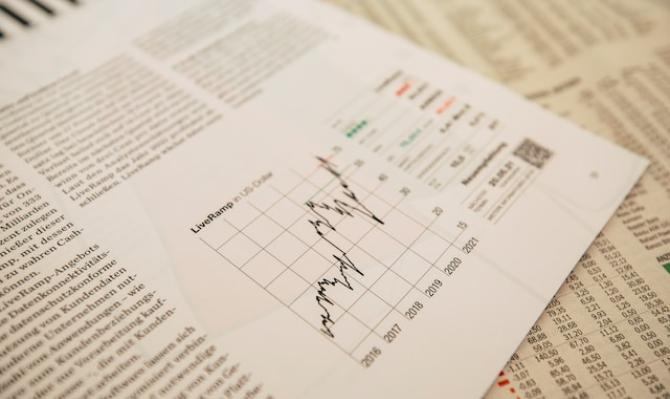The limits of monetary policy
If you have read the newspapers this past month of August and have not felt a certain sense of discouragement, either your holiday destination was magical or you are a true optimist.

If you have read the newspapers this past month of August and have not felt a certain sense of discouragement, either your holiday destination was magical or you are a true optimist. The trade war between the US and China (it makes little sense to continue using the euphemism «trade tensions») intensified; a chaotic Brexit became more likely with the strategy pursued by Boris Johnson; the confrontation between the US and Iran raised tensions in the Middle East; the protests in Hong Kong threatened to destabilise China; Argentina once again suffered a flight of capital faced with the expectation of a new Peronist government... and in addition to all this was a battery of economic indicators confirming that the slowdown in the global economy, and in the European economy in particular, is proving to be more abrupt than anticipated.
As a result of all this news, the outlook for the remainder of this year and for next year has clearly deteriorated. There is little confidence that the main sources of uncertainty – the trade war and Brexit – will be resolved in the short term. Even if the US and China reach an agreement in the near future, it will no doubt be of limited scope and it remains to be seen whether it will be long-lasting. In the case of Brexit, perhaps a no-deal departure at the end of October will be avoided, but in a few months the United Kingdom may once again find itself on the brink.
In these circumstances, attention has once again turned to the central banks, which have already shown their willingness to act. In the US, the Fed reduced its reference interest rate in July and announced that it would buy up more public debt (enough for its balance sheet to not contract). Having raised interest rates in recent years, the US central bank has room to further reduce them if necessary. This is, in fact, what the market expects it will do. With a government deficit approaching 5% of GDP, on the other side of the Atlantic there is more margin in monetary policy than in fiscal policy.
The situation in the euro area is different. Here, the ECB has also announced that in September it will present a stimulus package, but the margin for action in monetary policy is very limited. How much more can interest rates be lowered? Very little. And how much can a rate cut stimulate the economy? Not much either. The cost of funding is not what is slowing business investment – it is uncertainty, whether political, related to the digital transformation or to the energy transition. In the case of households, many of those who are approaching retirement or have already retired respond to lower rates by saving more, not consuming more. Lower rates also help to boost property prices, which undermines the purchasing capacity of those who do not own a home. To this list of contraindications we must add the risk of feeding the creation of bubbles. All in all, monetary policy was absolutely key in overcoming the Great Recession and the sovereign debt crisis, but at the present juncture not much more can be expected from it.
Now the focus must be on fiscal policy and on an agenda of reforms that will help to foster inclusive growth and reduce uncertainty affecting business’ and households’ decision-making processes (for instance, on environmental issues or regarding the future of pensions). The euro area can afford a certain relaxation of fiscal policy, with a budget deficit that lies below 1% of GDP and a level of debt below 85% of GDP. In an ideal situation, such policies would be carried out by a pan-European fiscal authority but, unfortunately, we do not yet have one. In its absence, the stimuli must be carried out at the national level by those who can afford it. Germany, clearly, must lead this effort, but what is really needed is a true macro stabilisation mechanism at the European level.
Enric Fernández
Chief Economist
31 August 2019




